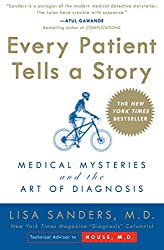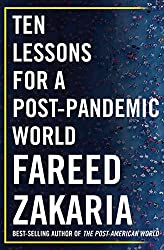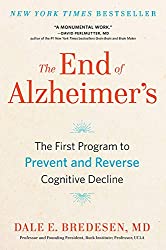
Rating: 7.5/10.
Book with collections of diagnoses, similar to the House TV show. There’s not really a central “point” that the book is trying to make, more like a bunch of insights about the art of diagnosis, interspersed with real-life examples of patients with various diseases and how the doctors figured out what’s wrong with them.
About half the book talks about the low-tech physical exam, which apparently is a lost skill as doctors rely more and more on high-tech instruments and tests now. But physical exams are quick and often identify things that other tests miss. When doctors miss a diagnosis, it’s usually because they prematurely tunnel-vision on one hypothesis and focus on the wrong thing. The good doctor carefully interviews the patient and steps back, noticing small details among a pile of charts that others have missed.
One recurrent message is there’s a lot of uncertainty in diagnosis, where tests have imperfect precision / recall, diseases sometimes present in unusual ways, and doctors constantly have to weigh probabilities of different diagnoses and apply a wide range of heuristics. But the book focuses way too much on rare diseases that you see once in a lifetime, almost none of the examples are common illnesses. This gives the wrong idea of the data distribution, and is overly critical of doctors that start with the more common hypotheses. Such a strategy might miss the rare few exceptions but saves a lot of time in the majority of cases.



